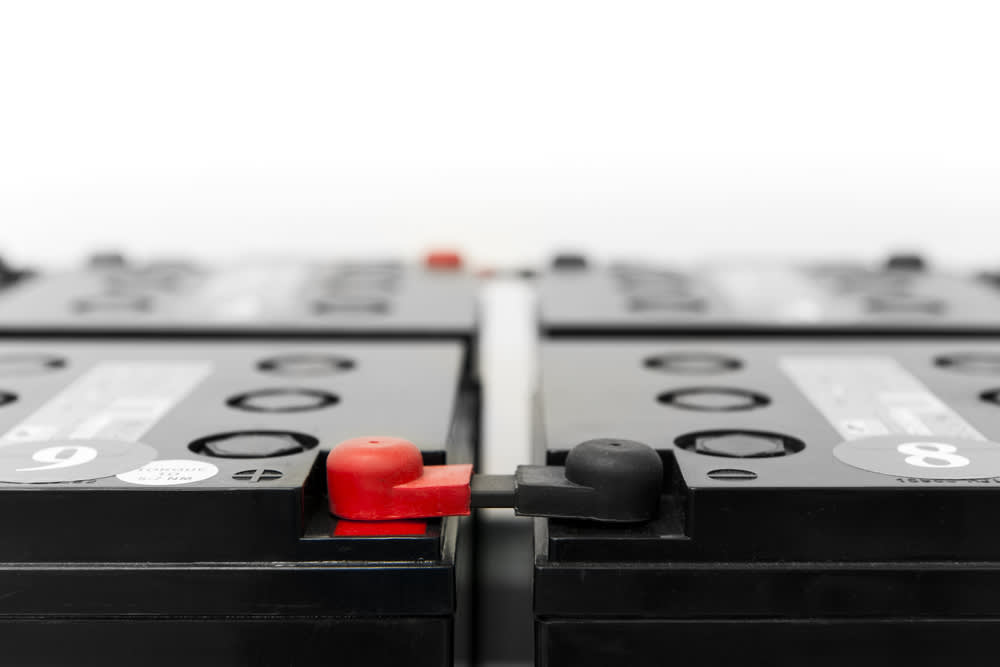

For most diesel engines, having two batteries is essential due to the number of components that need power. The main battery will run continuously, while the secondary auxiliary battery will get a trickle charge from the main battery. When the main battery is depleted, the auxiliary battery will kick in and continue to charge the car as needed. Just like the main battery, eventually the auxiliary battery will start to have issues and will need to be replaced.
Usually, these batteries will give you fair warning that they are in need of replacement. Taking notice and acting before the dead batteries leave you stranded on the side of the road is very important. Without properly working charging components, it will be nearly impossible for a vehicle to run like it is supposed to.
1. The vehicle won’t crank
Having a battery that is dead will result in you not being able to crank the car when needed. Usually, the car will run once it has been jumped off, but will quickly die back out after it is turned off. This is due to the fact that while it is running, the alternator of the vehicle is giving it the charging it needs. Once the alternator stops, the cells in the battery will not be able to hold a charge and will cut off.
2. Noticeable leaks around the battery
The fluid that is in the battery in your vehicle is very important because without it the cells of the battery will burn out. If you start to notice that this liquid is leaking out, then you will need to act fast to get the battery replaced. Getting this battery fluid on other parts of the engine can be very harmful due to the corrosion that it can cause.
3. The Battery Light is on
A fully charged battery will allow all of the components of a vehicle to function properly. Without a full charge, there will be a number of things that will not work or that will perform at a fraction at what they normally do. The Battery Light will usually come on when there is an issue with the charging system of a car. Getting both the battery and alternator checked will help you to narrow down where the problem lies.



